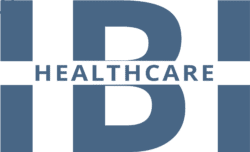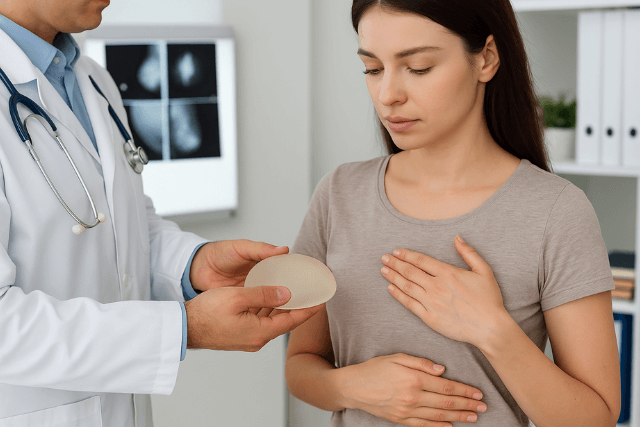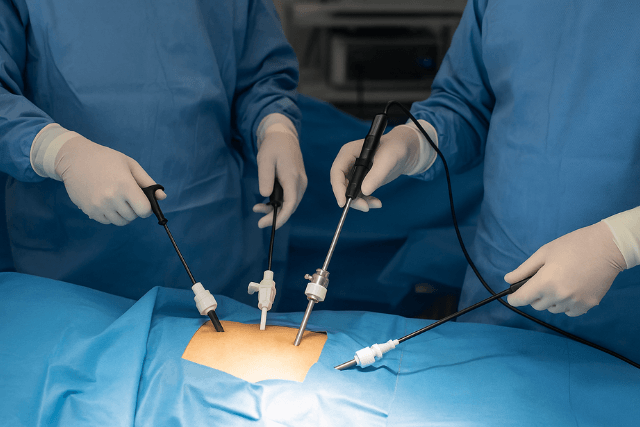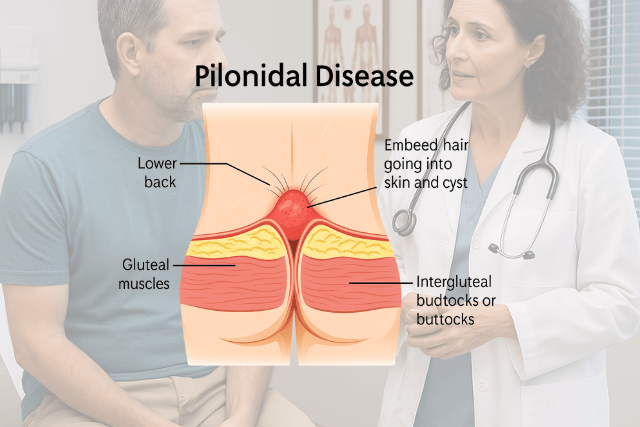Varicose veins affect millions of people around the world. These twisted, enlarged veins often appear on the legs and feet. While many people think of them as a cosmetic issue, they can cause discomfort and lead to more serious complications if ignored. Understanding the Symptoms of Varicose Veins and their causes can help you take early action. This blog will explain what to look for, what might trigger them, and how to manage them effectively.
What Are Varicose Veins?
Varicose veins occur when the veins become enlarged and filled with too much blood. This typically happens when the valves in the veins that regulate blood flow stop working correctly. As a result, blood pools in the veins instead of flowing back to the heart.
These veins appear blue or dark purple. They may also bulge or twist under the skin. Although most varicose veins are not dangerous, they can be uncomfortable and lead to more serious issues without proper attention.
Symptoms of Varicose Veins
Recognizing the Symptoms of Varicose Veins early makes it easier to treat them. The most common signs include:
- Bulging, twisted veins visible under the skin
- Aching, throbbing, or heaviness in the legs
- Swelling in the lower legs or ankles
- Itchy skin over the vein
- Muscle cramps, especially at night
- Skin discoloration around the affected area
- A burning or tingling sensation
Symptoms tend to get worse after standing or sitting for long periods. Elevating the legs usually brings relief. However, if pain or swelling persists, it may indicate more serious vein disease.
Common Causes of Varicose Veins
There are several known causes of varicose veins. Each factor contributes to vein walls weakening or valves failing. Below are the leading causes:
1. Weak or Damaged Valves
When valves in the veins are damaged, blood flows backward and pools in the vein.
2. Prolonged Standing or Sitting
Staying in the same position for long periods increases pressure in the leg veins; consequently, this may raise the risk of developing varicose veins.
3. Aging
Veins lose elasticity as we age, making it harder for blood to flow efficiently.
4. Hormonal Changes
The chance of developing varicose veins increases significantly, especially during pregnancy, menopause, or with the use of birth control.
5. Genetics
Having family members with varicose veins raises your risk.
Risk Factors to Know
Several risk factors make it more likely for someone to develop varicose veins. These include:
- Female gender
- Family history
- Pregnancy
- Being in a higher weight body
- Age over 50
- Sedentary lifestyle
The more risk factors you have, the more important it is to monitor your veins and consult a healthcare provider if symptoms appear.
How Varicose Veins Develop
Healthy veins have one-way valves that keep blood moving toward the heart. When these valves weaken or fail, blood can flow backward and collect in the vein. This creates increased pressure, which causes the veins to stretch, twist, and swell. Over time, the vein becomes more visible and symptomatic.
When Symptoms Signal a Problem
Some Symptoms of Varicose Veins may seem minor at first. However, certain warning signs require medical attention. Seek help if you notice:
- Sudden or severe swelling
- Persistent pain or heaviness
- Open sores or ulcers near the ankle
- Bleeding from the vein
- Skin that becomes hard or changes color
These symptoms may signal chronic venous insufficiency or a blood clot, which needs prompt treatment.
Secondary Health Complications
Although varicose veins themselves are not life-threatening, they can lead to complications. These include:
- Venous ulcers
- Bleeding from the vein
- Superficial thrombophlebitis (a blood clot in a surface vein)
- Deep vein thrombosis (DVT)
It is important to address the symptoms early to prevent these complications from arising.
Diagnosis and Medical Evaluation
If you think you may have varicose veins, a visit to your healthcare provider is a smart next step. They will conduct a physical exam and may use imaging tests like a duplex ultrasound. This test checks blood flow and helps locate faulty valves.
Lifestyle Changes That Help
Managing Symptoms of Varicose Veins often starts with lifestyle adjustments. These steps can improve blood flow and relieve discomfort:
- Elevate your legs regularly throughout the day
- Wear compression stockings to support veins
- Exercise often, especially walking or swimming
- Avoid long periods of sitting or standing
- Maintain a balanced weight to reduce pressure on your veins
These changes may not eliminate varicose veins but can significantly ease symptoms and slow progression.
Medical Treatments Available for Varicose Veins
Sometimes, lifestyle changes may not provide enough relief from varicose vein symptoms. In such cases, exploring medical treatments becomes the next logical step. Fortunately, several effective options are available today, and each can significantly improve comfort and appearance.
1. Sclerotherapy
To begin with, sclerotherapy involves injecting a special solution directly into the varicose vein. As a result, the vein collapses, eventually fades, and the body reroutes blood through healthier veins. This option is often used for smaller veins and offers minimal downtime.
2. Laser Therapy
Next, laser therapy uses focused light energy to seal off smaller varicose or spider veins. Because it is a non-invasive method, there are no incisions or needles involved. Therefore, it is a great option for people who prefer quicker procedures with minimal discomfort.
3. Endovenous Ablation
For more prominent veins, endovenous ablation may be recommended. This technique uses heat, typically from laser or radiofrequency, to collapse and seal the affected vein from the inside. Not only is it effective, but it also allows for a faster recovery compared to traditional surgery.
4. Vein Stripping
In more advanced cases, vein stripping may be necessary. During this procedure, your doctor removes large, problematic veins through small incisions. Although it requires general anesthesia, it often delivers lasting results for people with severe varicose veins.
5. Microphlebectomy
Similarly, microphlebectomy removes surface veins using tiny incisions. It is especially helpful when the veins are too large for sclerotherapy but not severe enough to require stripping. Additionally, this method leaves very minimal scarring.
6. Radiofrequency Ablation
Lastly, radiofrequency ablation uses a catheter to deliver controlled heat directly into the affected vein. As a result, the vein closes off and eventually disappears from view. Many patients choose this option due to its effectiveness and shorter recovery time.
All things considered, each treatment has its own advantages and potential risks. Therefore, it is essential to consult with a qualified vein specialist. Together, you can determine the most suitable approach based on your specific symptoms, health history, and personal preferences.
Preventive Measures That Work For Varicose Veins
Although not all varicose veins are preventable, certain habits can reduce your chances of developing them. These include:
- Staying active to improve circulation
- Wearing low-heeled shoes, which strengthen the calf muscles
- Avoiding tight clothing around the waist and legs
- Taking breaks during long periods of sitting or standing
- Lifting your legs above heart level several times daily
Simple, consistent habits can make a major difference in preventing varicose veins or reducing existing symptoms.
Living With Varicose Veins
Many people live full, active lives with varicose veins. Managing Symptoms of Varicose Veins involves staying informed, following your doctor’s advice, and adopting healthy routines. Joining support groups or speaking with others who face the same challenges can also help.
When to See a Doctor
You should schedule an appointment if:
- Symptoms interfere with daily life
- Pain, swelling, or heaviness worsens
- You notice skin discoloration or ulcers
- A vein starts to bleed or becomes very swollen
Early evaluation leads to better outcomes. If left untreated, complications may arise and require more complex treatment.
Conclusion and Final Thoughts
Recognizing the Symptoms of Varicose Veins is the first step toward proper care. These swollen veins can seem harmless at first, but they often signal an underlying issue with blood flow. By understanding the causes, risk factors, and treatment options, you empower yourself to take control of your health.
Whether you manage symptoms through lifestyle changes or seek medical treatment, the goal remains the same: to improve comfort, circulation, and quality of life. If you have concerns, reach out to your healthcare provider. Together, you can develop a care plan that works for your unique needs.



